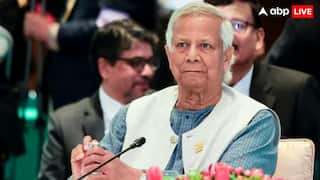Oppenheimer: Father Of The Atomic Bomb, And The Subject Of Christopher Nolan Film
Oppenheimer: Known as the 'Father of the Atomic Bomb', Oppenheimer served as the director of the Manhattan Project's laboratory at Los Alamos, New Mexico, where the atomic bomb was designed.

Oppenheimer: Julius Robert Oppenheimer, the theoretical physicist on whom Academy Award-nominee Christopher Nolan's latest film Oppenheimer is based, lived a life of triumph as well as tragedy. Known as the 'Father of the Atomic Bomb', Oppenheimer served as the director of the Manhattan Project's laboratory at Los Alamos, New Mexico, where the atomic bomb was designed. Nolan's movie is adapted from the Pulitzer Prize-winning book American Prometheus: The Triumph and Tragedy of J. Robert Oppenheimer, a 2005 biography written by Kai Bird and Martin J Sherwin.
Oppenheimer has a huge cast, including Cillian Murphy, who plays the titular character; Emily Blunt, who stars as Oppenheimer's wife, Kitty Oppenheimer; Robert Downey Jr as Lewis Strauss, former chairman of the Atomic Energy Commission (AEC) who denied Oppenheimer's security clearance; and Matt Damon as Leslie Groves, who was in charge of all Army activities relating to the Manhattan Project.
The nuclear weapons developed by Oppenheimer through the Manhattan Project helped end World War II. It was the first and only time such destructive weapons were used in conflict.
Oppenheimer graduated summa cum laude from Harvard University in 1925, and travelled to England to perform atomic research at the Cavendish Laboratory at the University of Cambridge, under the leadership of Lord Ernest Rutherford. There, J.J. Thomson, who received the 1906 Nobel Prize in Physics for detecting the electron, agreed to take on Oppenheimer as a research assistant.
At Cavendish, Oppenheimer collaborated with the British scientific community to advance atomic research.
Oppenheimer realised that his talent lay in theoretical physics, and accepted an invitation from Max Born to study with him at the University of Göttingen in Germany.
Oppenheimer met Niels Bohr and P.A.M. Dirac at the University of Göttingen, and received his doctorate in 1927. Kenneth Branagh plays Niels Bohr in Nolan's Oppenheimer.
Oppenheimer was in Europe at a time when the continent's scientists were developing the theory of quantum mechanics, and this helped him conduct significant research in physics.
In 1927, Oppenheimer worked with Born on the structure of molecules.
After receiving his doctorate in 1927, Oppenheimer accepted professorships at the University of California, Berkeley, and the California Institute of Technology. He became good friends with Ernest Lawrence at Berkeley. Lawrence, played by Josh Hartnett in Nolan's movie, was a leading experimental physicist, and the inventor of the cyclotron, a type of particle accelerator which repeatedly propels a beam of charged particles, or protons, in a circular path.
Oppenheimer taught physics both at Pasadena and Berkeley.
He also conducted research on the energy processes of subatomic particles, including electrons, positions and cosmic rays. The scientist also studied neutron stars and black holes.
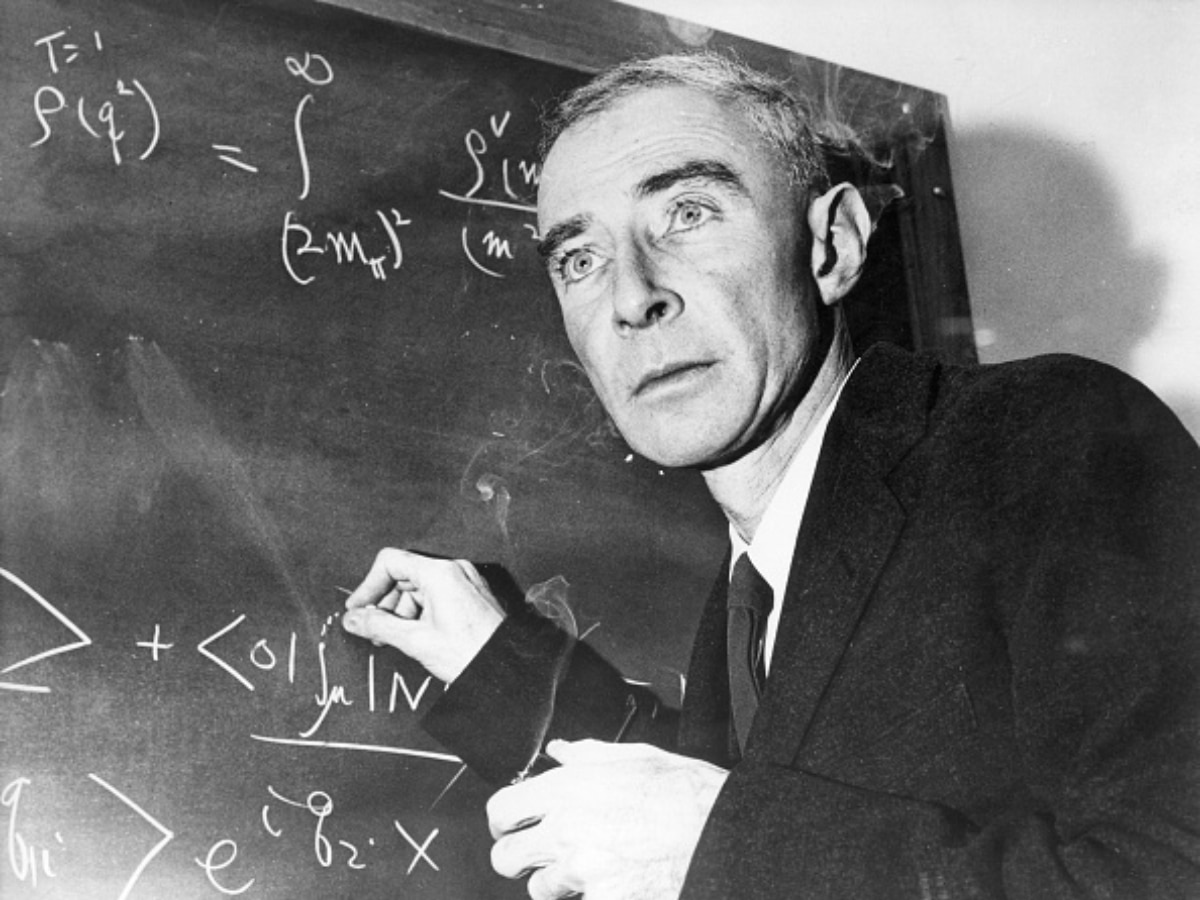
It was a time when not much was known about mass being equivalent to energy and matter having both wave-like and corpuscular properties. Max Planck presented his quantum theory to the German Physical Society in 1900, and just a few years after that, Oppenheimer started exploring quantum physics, a field he was able to devote his time to because of his university post.
He inspired a large number of physicists in the United States with his leadership qualities and intellectual independence.
Oppenheimer's role in the Manhattan Project
Oppenheimer became interested in politics at the time of the rise of Adolf Hitler in Germany. While he became acquainted with communist students in 1936, during the Civil War in Spain, he subsequently withdrew his associations with the Communist Party due to the agony caused by Joseph Stalin to Russian scientists, according to Britannica.
Fission was a newly recognised process, and in order to make the most of it, American scientists, many of whom were refugees from fascist regimes in Europe, took steps in 1939 to organise a project.
In 1939, Nazi Germany invaded Poland, following which GB Pegram of Columbia University arranged a conference between Enrico Fermi and the Navy Department in March that year. After this, in the summer of 1939, physicists Albert Einstein, Leo Szilard, and Eugene Wigner warned the then President Franklin D Roosevelt of the jeopardy entire humanity would be subject to if the Nazis were the first to make a nuclear bomb. They urged Roosevelt to establish a programme to study the potential military use of fission, and find ways to perform an uncontrolled fission chain reaction. In Nolan's Oppenheimer, Danny Deferrari portrays the role of Fermi, Tom Conti plays Einstein, and Máté Haumann appears as Szilard.
Roosevelt agreed, and appropriated $6,000 for the task in February 1940. A committee, headed by Lieutenant General Briggs, director of the National Bureau of Standards, which later became the National Institute of Standards and Technology, was formed to supervise the research.
On December 6, 1941, the project came under the direction of the Office of Scientific Research and Development, led by Vannevar Bush. Matthew Modine plays Bush in Oppenheimer.
After Japan attacked Pearl Harbour on December 7, 1941, the US declared war on Japan. The US became fully involved in World War II when Germany and Italy declared war on the US three days after the country declared war on Japan.
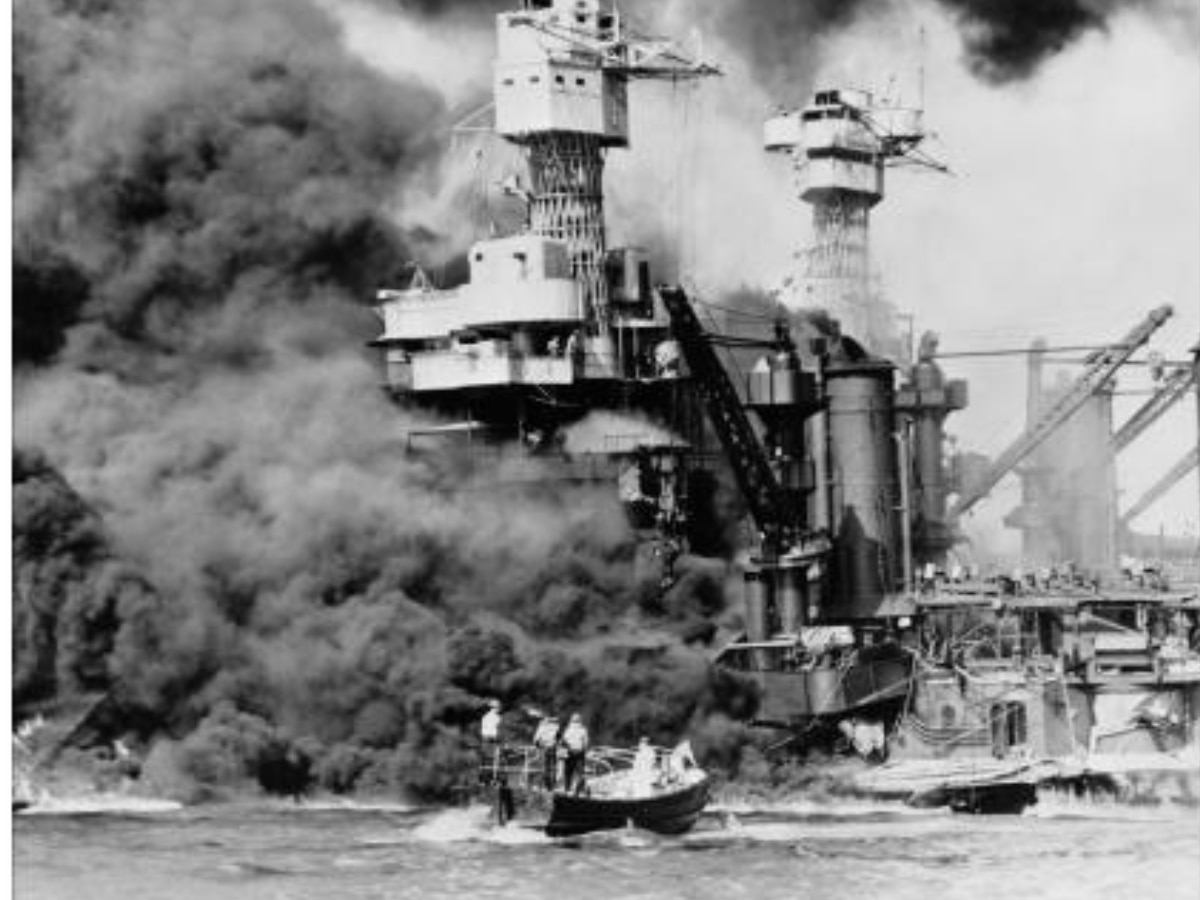
After this, the War Department was given joint responsibility for the project. In May 1942, a decision was made to proceed simultaneously on all methods that would help obtain fissionable materials, including the electromagnetic process developed at the University of California, Berkeley, under Lawrence, and the diffusion process developed under Harold Urey at Columbia University. The US Army Corps of Engineers started the construction of pilot plants, laboratories and manufacturing facilities for the scientists.
Since a significant portion of the early research had been performed at Columbia University in Manhattan, the Manhattan Engineer District, an office of engineers in New York City, was assigned management of the construction work. In September 1942, Army Officer Groves was given the responsibility of supervising all Army activities relating to the project. The research work went on to be known by its code name "Manhattan Project".
He chose three key sites for the Manhattan Project: Oak Ridge in Tennessee, Los Alamos in New Mexico, and Hanford in Washington.
Groves recognised Oppenheimer's exceptional scientific brilliance, and selected him to direct weapons development. In 1943, Oppenheimer chose the plateaus of Los Alamos, near Santa Fe, New Mexico, for the construction of the Los Alamos Laboratory.
Oppenheimer was searching for a way to separate uranium-235 from natural uranium, and to determine the critical mass of uranium required to make a nuclear bomb. Critical mass refers to the minimum amount of a fissile material required to initiate a self-sustaining fission reaction. The laboratory was tasked with the responsibility of developing methods to reduce fissionable products to pure metal and fabricate the metal to required shapes.
By August 1943, several scientists from Great Britain and Canada had moved to the US to join the Manhattan Project.
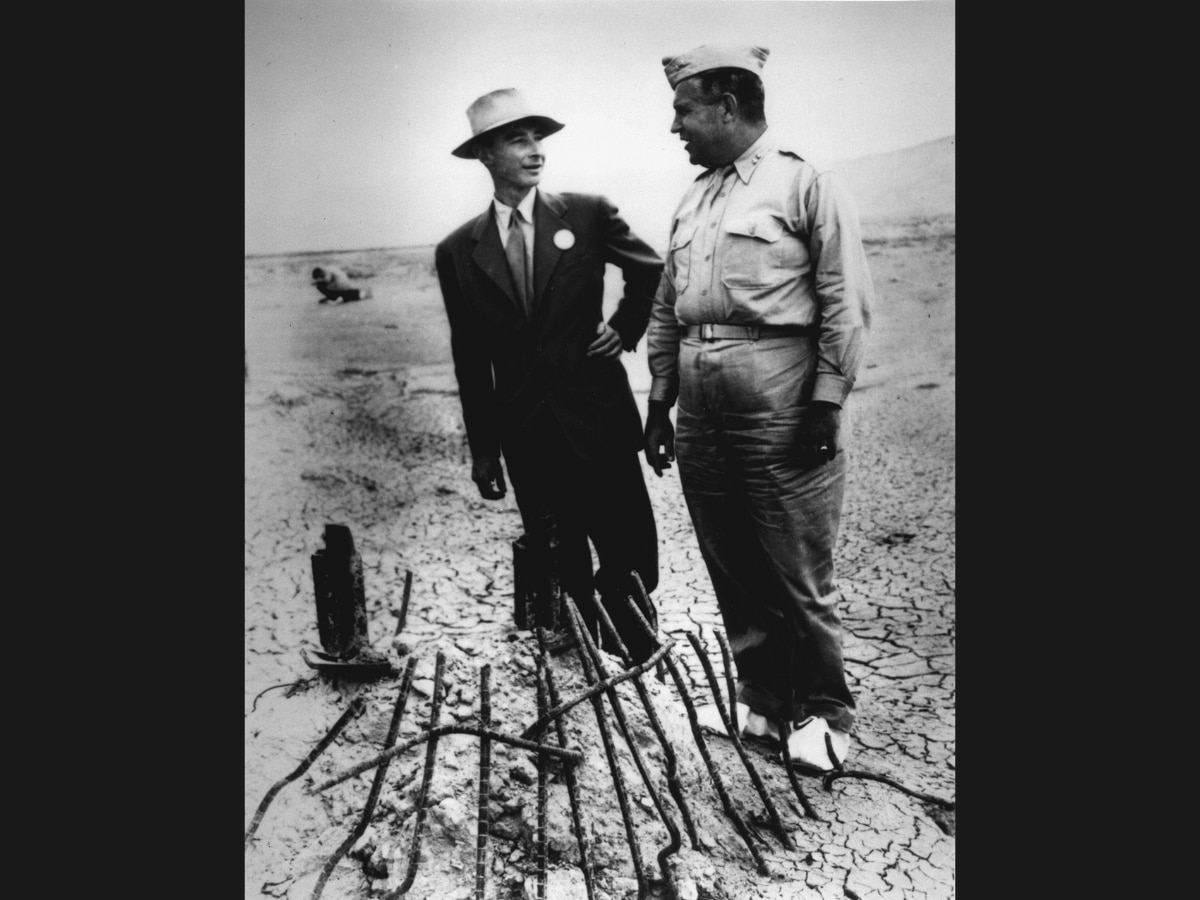
Another radioactive metal which was of interest during the Manhattan Project was the fissionable material plutonium-239. By the summer of 1945, large-scale production reactors in Hanford Engineer Works produced amounts of plutonium-239 sufficient to generate a nuclear explosion.
The Trinity Test, Little Boy, and Fat Man
A field test was also scheduled to check if the nuclear explosion would be a success or failure. By this time, the budget of the Manhattan Project had risen to $2 billion.
As part of the Manhattan Project, Oppenheimer’s research team bombarded neutrons with plutonium or uranium-23 to initiate a nuclear fission reaction, during which the heavy plutonium or uranium nucleus split into smaller nuclei, and released huge amounts of of energy and other neutrons. These neutrons, in turn, hit other nuclei and caused them to split, releasing more energy and neutrons in the process. This is a chain reaction, which, if left unchecked, can create an atomic bomb.
On May 7, 1945, Nazi Germany surrendered.
On July 16, 1945, the first atomic bomb was exploded at the Alamogordo air base, which Oppenheimer called "Trinity" in reference to one of John Donne's Holy Sonnets. As part of the field test called the "Trinity Test", a plutonium implosion device known as "Gadget" was used.
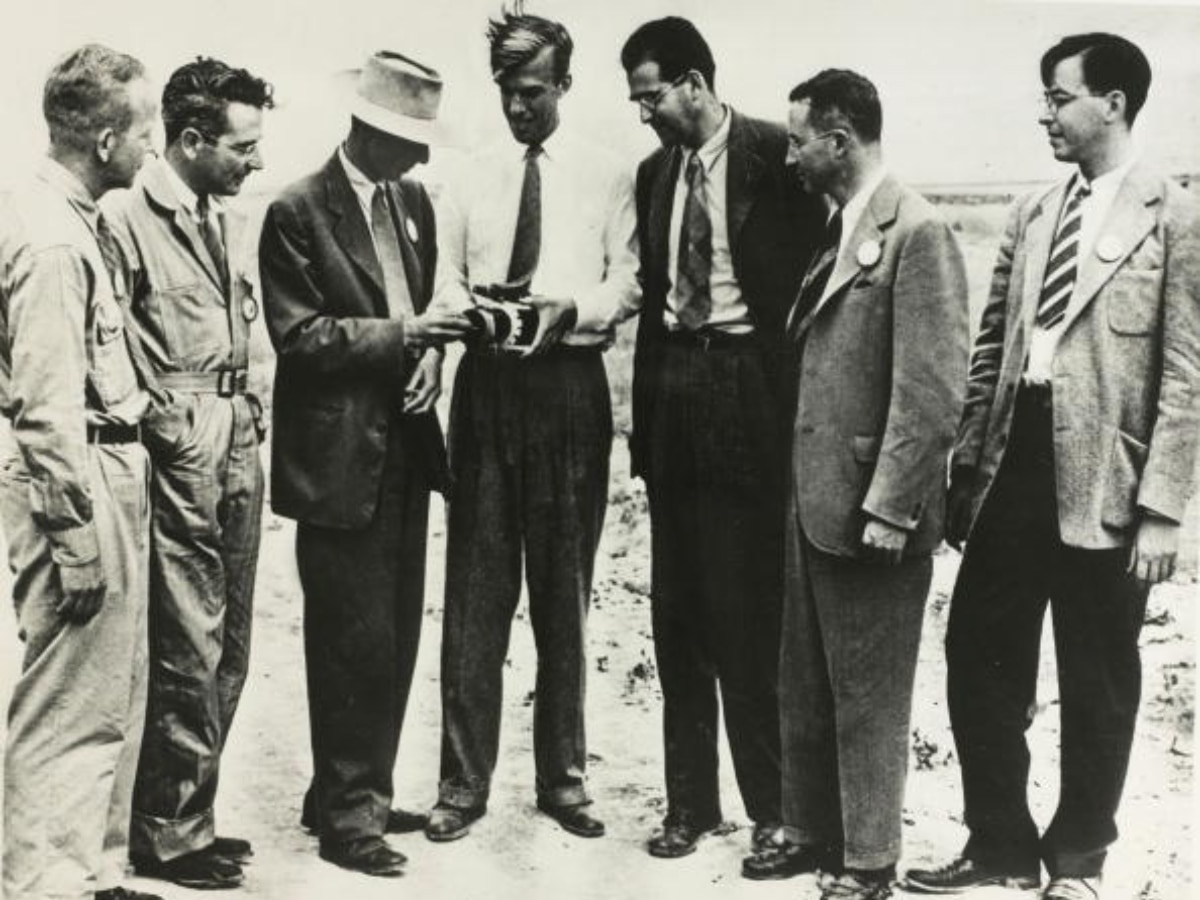
In an interview, Oppenheimer spoke about the Trinity Test, and famously quoted the Bhagavad Gita: “Now I am become Death, the destroyer of worlds.”
On August 6, 1945, the untested uranium-235 gun assembly bomb, known as the Little Boy, was dropped on the Japanese city of Hiroshima. This was the first atomic bomb used in war. The bomb instantly killed 70,000 people, and due to the effects of radiation, over 100,000 people subsequently died.

On August 9, 1945, a replica of the plutonium-239 implosion device tested in Trinity, was dropped on Nagasaki. This bomb was called Fat Man.
This bomb instantly killed about 40,000 people, and at least 30,000 more died due to injuries and radiation poisoning by the end of the year.
The next day, the Japanese initiated surrender negotiations. Meanwhile, Groves had informed US President Harry S Truman that another bomb would be ready for delivery within a week. In Oppenheimer, Gary Oldman plays President Truman.
On September 2, 1945, Japan formally announced its surrender on board the USS Missouri.
After the hostilities came to an end, Manhattan Project physicist Philip Morrison travelled to Hiroshima to study the aftermath of the nuclear explosion, but he was so devastated by what he witnessed, that he spent the rest of his life campaigning against nuclear weapons.
What happened to Oppenheimer after the Manhattan Project?
The Manhattan Project was followed by Operation Crossroads, as part of which two peacetime atomic weapons tests were performed.
After this, the Manhattan Project came under the jurisdiction of the US Atomic Energy Commission (AEC).
In 1946, Oppenheimer was awarded a Medal for Merit. Oppenheimer served as Chairman of the General Advisory Committee of the AEC from 1947 to 1952. From 1947 to 1966, he served as the director of the Institute for Advanced Study, Princeton.
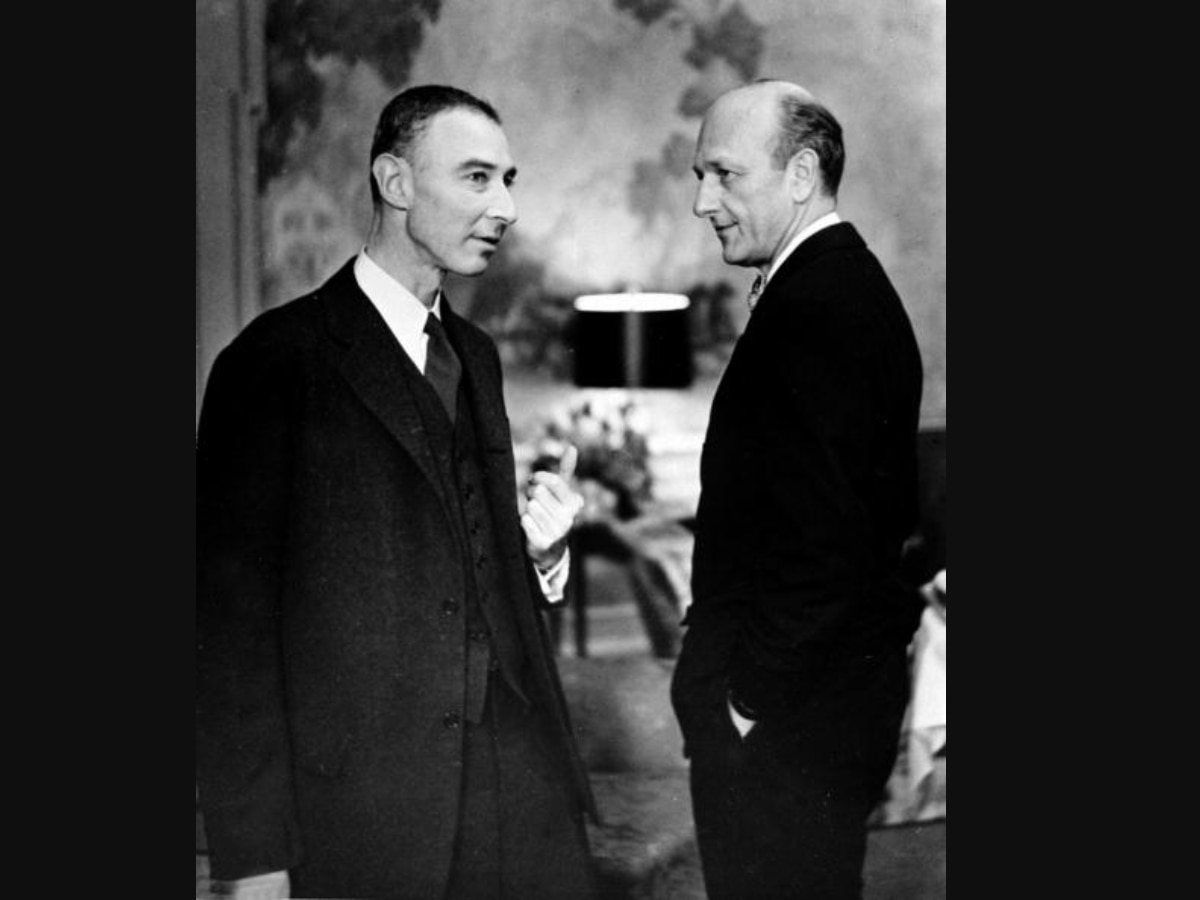
Oppenheimer’s refusal to make a hydrogen bomb, and accusations imposed on him
In 1949, the advisory committee recommended against building a hydrogen bomb because Oppenheimer worried that a hydrogen bomb would be far more devastating than an atomic bomb because the former has an explosive force 1,000 times greater than the latter. A hydrogen bomb, also known as a thermonuclear bomb, can generate gargantuan explosive power from an uncontrolled self-sustaining chain reaction in which hydrogen isotopes combine under extremely high temperatures to form helium. This process is known as nuclear fusion.
Due to his refusal to make a hydrogen bomb, Oppenheimer made political enemies. He became a target because it was implied that some of his friends and acquaintances were agents of the Soviet Government. Due to accusations of past communist affiliations, and his affair with Jean Tatlock, an American psychiatrist who was a member of the Communist Party of the US, it was alleged that he was a Soviet spy, according to Britannica. Florence Pugh plays Tatlock in Oppenheimer. On December 21, 1953, he was accused of delaying the naming of Soviet agents, and opposing the creation of the hydrogen bomb.
All this happened during the McCarthyism era, the name given to the period of time in American history during which US Senator Joseph McCarthy of Wisconsin produced a series of investigations and hearings to expose supposed communist infiltration inside the US government.
When a review board was called to decide Oppenheimer's fate, nearly 30 witnesses testified on his behalf. While Oppenheimer was declared not guilty of treason, the physicist's security clearance was revoked a mere 32 hours before it was set to expire, because of which he was no longer able to access classified documents to conduct his work, and his contract as adviser to the AEC was cancelled.
Outrage in the scientific community, and how US Government tried to make amends to Oppenheimer’s mistreatment
This led to an outrage in the scientific community, with the Federation of American Scientists coming to Oppenheimer's defence and protesting against the trial.
He was a scientist who tried to resolve ethical problems arising from scientific discovery, but became the victim of a witch hunt. According to the Institute for Advanced Study, Oppenheimer was concerned about the general public's lack of scientific understanding, and the difficulty of conveying the content of scientific discoveries, and hence, wrote essays on science.
He also continued teaching students, and along with Einstein, Bertrand Russell, and Joseph Rotblat, established the World Academy of Art and Science in 1960.

In April 1962, President Kennedy invited Oppenheimer to a White House dinner of Nobel Prize winners, as part of the US Government's efforts to make amends for the mistreatment of the scientist during the McCarthyism era.
Oppenheimer was awarded the Enrico Fermi Award of the AEC in 1963. Three years later, he retired from the Institute for Advanced Study.
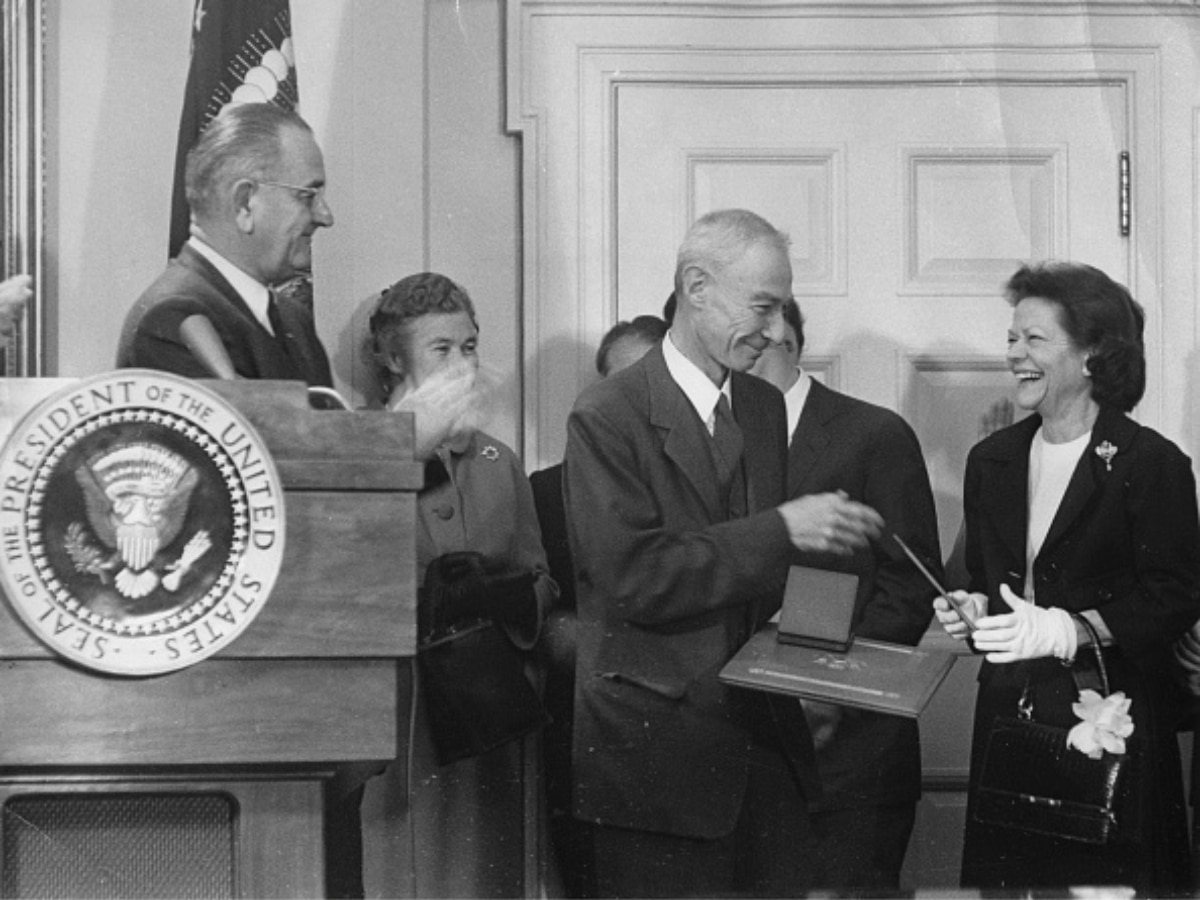
On February 18, 1967, Oppenheimer died of throat cancer.
Oppenheimer being cleared of his accusations
In 2014, the US Department of Energy released the full, declassified transcript of the hearing that ended Oppenheimer's career. These documents reinforced the assertion that Oppenheimer was loyal, and he had done no wrong.
The Department of Energy, which is the successor of the Atomic Energy Commission, announced in 2022 that the proceedings were "unfair", and formally reinstated his security clearance.
Quoting Alan McPherson, a history professor at Temple University, a statement released by the institute said the world of science, whether in the US or abroad, always recognised Oppenheimer's contributions to developing the bomb and trying to limit its spread.
Oppenheimer will be released in theatres in India on July 21, 2023.
Related Video
Southern Rising Summit 2024: How Important is Self-Awareness? Insights from Anu Aacharya | ABP LIVE


































